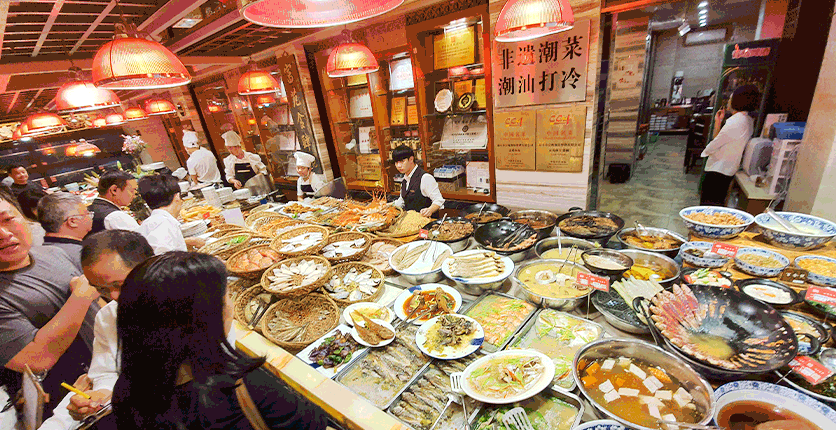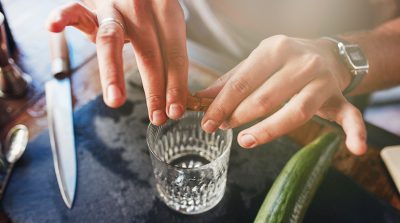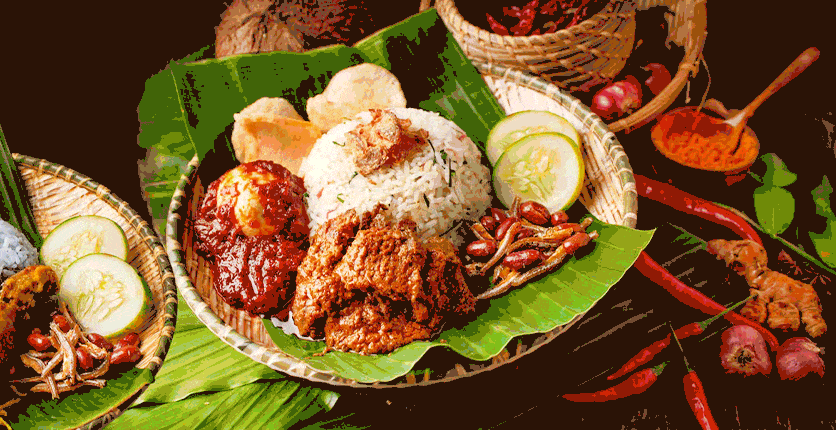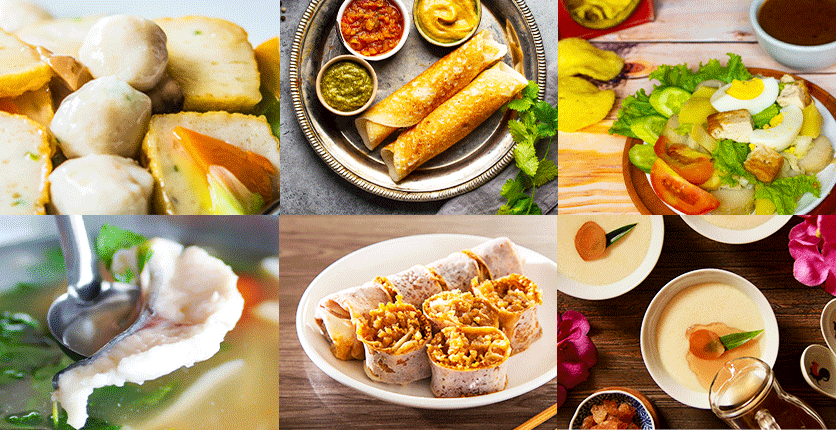In his recently published book How To Eat, Dr Wong Chiang Yin, executive director and group chief executive of Thomson Medical Group, delves into Singapore’s hawker food culture, including the finer points of making char siew, and the skill that goes into a plate of char kway teow.
Dr Wong authored monthly columns on food for Lianhe Zaobao – also called How To Eat – for 31/2 years, starting in July 2016.
We speak to Dr Wong on his top Singapore food tips, from his go-to comfort foods, to the best cut for making beef rendang.
Q. What makes you so passionate about food?
Dr Wong: I think many Singaporeans are very passionate about food – I am but one of them. The Cantonese are especially passionate and as one myself, I guess it’s just part of the Cantonese culture.

Q. Everyone has comfort food they turn to when the craving hits. What are some of your comfort food dishes?
Dr Wong: For me it would be noodles, such as bak chor mee (minced meat noodles), wonton mee (dumpling noodles) and Cantonese congee.

3. What are some places you would recommend for the best versions of local dishes, such as bak chor mee?
Dr Wong: I had deliberately left out in the book tips on exactly “where” to eat. There are many such books and blogs now. I think it is best to get the basics right – as in to know what are the various aspects that one would look out for in a good plate of bak chor mee or bowl of laksa. For bak chor mee it would still be Tai Wah, either at Hong Lim or at Crawford, which many people already know.
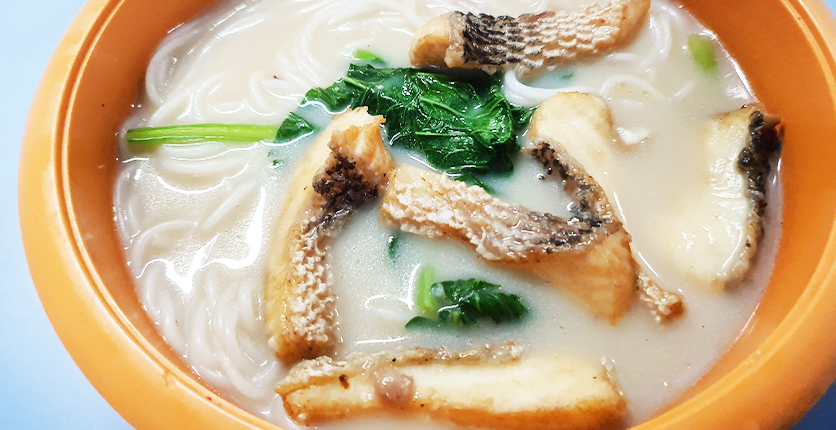
4. You’ve delved much into the origins of many Chinese dishes – can you share what is it about Teochew and Cantonese cuisine or particular ingredients that you like?
Dr Wong: Cantonese food is really what I grew up on. Both Cantonese and Teochew people actually come from the same province of Guangdong. The province is blessed with a coast which is abundant with seafood and a seasonal mild climate. Both Teochew and Cantonese cooking seek to express the natural flavours and freshness of ingredients. As for ingredients, I like the use of aged orange peel in Cantonese cooking and galangal in Teochew cooking. And when it comes to chicken, the Cantonese do it very well.
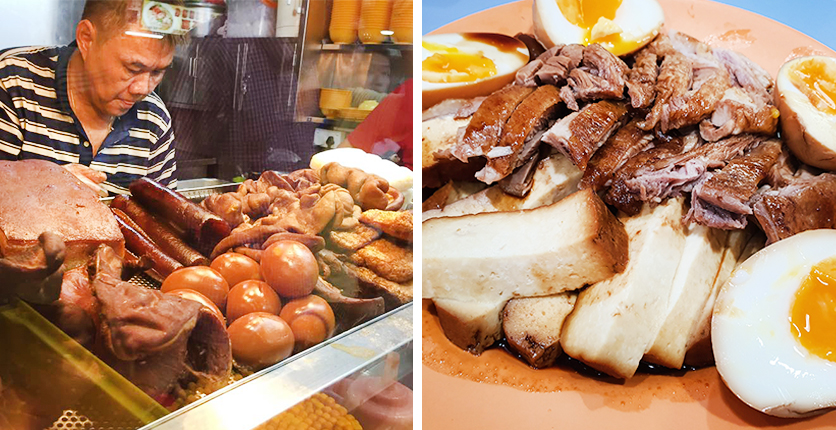
5. You’ve mentioned that takeaways can compromise the quality and taste of certain dishes but are there any dishes that travel well, and even taste better after the delivery time?
Dr Wong: Frankly, I can’t think of food that tastes better after travelling. I know certain foods taste better overnight, but not necessarily because it travels well, for example, braised dishes and stews – stewed beef brisket, braised pork belly etc.
6. You have done quite a lot of research on the origins of some of our most popular dishes. What has been the most important takeaway for you from all the research – is it the cooking process, ingredients or recipe?
Dr Wong: I think all are very important – the cooking process, ingredients and recipe. Cooking is an expression of climate, geography and culture. But to me, the starting point is quality ingredients. This forms the basis to express the skills and the culture of a particular cuisine.
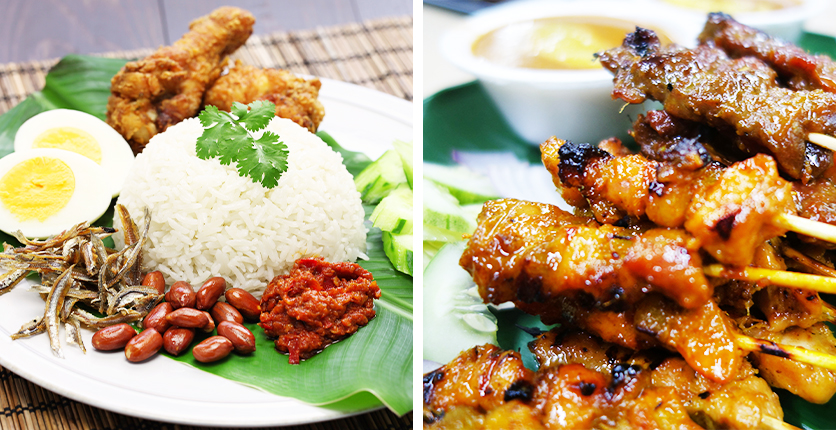
Q. In your book you highlighted mostly Chinese dishes. Are there any non-Chinese dishes that you personally like, and the KPIs to note?
Dr Wong: I like Malay dishes such as nasi lemak, lontong, satay, mee soto etc. Take the example of nasi lemak – the first KPI is the rice, second is the sambal, and the rest is secondary. Another example is beef rendang. The rendang sauce must of course be fragrant, but to me the use of the beef shin cut is also most important in making a good beef rendang.
Q. Lastly, which are your top 3 must-eat Singaporean dishes that you would tell a visitor to try?
Dr Wong: I think there are two dishes that are very Singaporean which one cannot find anywhere else – Teochew bak chor mee and Cantonese fish head bee hoon. Although they are called Teochew or Cantonese, one cannot find bak chor mee or fish head bee hoon in China. These are two dishes invented by the Chinese dialect groups in Singapore. A third dish would perhaps be curry fish head.
How To Eat by Wong Chiang Yin is available at bookstores for $25, and from zshop.zaobao.sg/collections/focuspublishing for $23.
Share your favourite hawker food tips with us at magnsman@sph.com.sg!
Photos: How To Eat
